People in Ha Tay village put rice on a truck to take home - Photo: D.V
Be a fisherman and grow rice at the same time
On these hot days of early summer, passing through the burning sand dunes in Ha Tay village, many people were surprised to see the presence of "rice fields" cultivated on the dry sandy soil that had turned golden yellow. At this time, while most of the fields in the specialized rice growing areas have been harvested, the rice harvest has just begun in the sandy area of Ha Tay village. Amidst the bustling sound of combine harvesters "working" in the fields, the fishermen "with feet from the sea and feet from the fields" hurriedly gathered rice bags and loaded them onto modified tractors with trailers to dry in time for the sun.
Many people waiting to harvest rice said that the first person to bring rice to cultivate in the sandy area of Ha Tay village in the early 2000s was Mr. Le Quang Trung in Dong hamlet. Talking to us, Mr. Trung said that he is over 85 years old this year and he retired from farming many years ago. He said that, like other coastal areas, for generations, men and boys in Ha Tay grew up knowing only the profession of going to sea to catch seafood. Meanwhile, women stayed home to take care of their children and do small business, growing potatoes, beans, and cassava around their home gardens.
“In the past, potatoes and cassava were planted from January to April, and harvest was not until May of the lunar calendar, so it was common for many households to go hungry for 3-4 months each year. I was worried and felt sorry for the people, so I went to the fields to learn about rice growing experiences,” said Mr. Trung.
At that time, although most of the sandy soil in Ha Tay village was acidic, alum-rich, often lacking water and the weather was unfavorable, he still took the risk of buying rice seeds to incubate and sow. From the initial confusion, after a few reckless plantings like that, he gained a lot of experience from plowing the land, choosing seeds, fertilizing, "washing away the salt"...
Looking out at the golden rice fields near his house, Mr. Trung recalled: “The first few crops still yielded grain, but the income was not enough to cover the costs. But I realized that the land near the sea should be planted with the salt-tolerant HT1 rice variety; the sandy areas in high places and far from the sea should be planted with the drought-tolerant PT6 rice variety.
For acid soil and acid soil, use lime and salt to reduce the soil and choose to sow Khang Dan rice. After many seasons, I have grown rice skillfully and am self-sufficient in food sources from my hometown's sandy fields." From his experiences, Mr. Trung shared them with the villagers. Since then, wet rice has gradually taken root and spread throughout Ha Tay village and neighboring areas.
Sitting under a casuarina tree to avoid the sun, waiting for his turn to harvest, Mr. Duong Trung Thanh of Ha Tay village wiped sweat from his dark face. This year, 58 years old, Mr. Thanh has been working at sea since his teenage years. He is also one of the first fishermen in Ha Tay village to grow rice on sandy land.
“I am both a fisherman and a farmer. From sandy land where growing potatoes and cassava did not bring results, in 2002, I switched to rice cultivation. Currently, my family cultivates 9 sao of rice fields, with only one winter-spring crop per year. The rice yield is nearly 3 quintals/sao, and each crop my family harvests 2.5 tons of rice.
"Eating comfortably at home, letting the children grow food, still having half left over to sell. The quality of the rice here is still delicious, each basket of rice still mills 31 - 32 cans of rice," Mr. Thanh happily said. Mr. Thanh works as a squid fisher, casting nets to catch seafood on the river and sea. When the harvest season comes, he takes the time to prepare the land, sow, weed, take care of and harvest the rice.
Ms. Duong Thi Bon (68 years old) is currently working on 4 sao of sand fields in Ru hamlet, Ha Tay village. Nearly 20 years ago, her family converted the bean and potato fields to rice fields to be self-sufficient in food. “In the past, when there was a shortage of rice, every year we carried potatoes, shrimp, and fish to the fields to exchange for rice to eat. Every 3 parts of potatoes and cassava could only be exchanged for 1 part of rice. Fortunately, thanks to Mr. Trung bringing rice to grow, the villagers learned to do the same and from then on they learned how to farm and have rice to eat all year round,” Ms. Bon recalled. Previously, her children helped her family, so she worked on 8 sao of land, but now they are short of people so they let others work on half of the field.
Growing rice thanks to... heaven!
At noon, Mrs. Pham Thi Duyen in Cho hamlet, Ha Tay village, is asking someone to load rice bags onto a truck to take home. Her family cultivates more than 3 sao of rice fields. “Farming here does not have an irrigation system, so it depends on the weather. The land produces one rice crop a year, and the summer-autumn crop is often left fallow because there is no one to work there. The younger generation mainly goes to work abroad or to the South, while the rest work in services and trade, so rice farming here is mainly done by the elderly. Even so, we can still ensure that we have rice to eat all year round, without having to buy rice from the market like in the past,” said Mrs. Duyen.
Mr. Duong Trung Thanh added that every year, local fields are still supported with irrigation fees at a rate of about 50,000 VND/sao. He and his families are currently cultivating short-term rice varieties (110 days) and are able to withstand drought and salinity such as Khang Dan, HT1, HC6... Rice is sown from the full moon of the twelfth lunar month until about the third lunar month.
Despite the harsh climate conditions, rice plants mainly grow based on rainwater, soil moisture, and limited care conditions, rice productivity in Ha Tay village still reaches about 3 quintals/sao (equal to about 60% - 70% of rice areas in the delta).
Mr. Thanh shared: “This year’s winter-spring crop encountered rain, causing the rice plants to be flooded, so many families’ fields had to be re-sown. Therefore, many fields have been harvested while many others are still green, and have not even produced ears. Rice farming in the coastal area here is unique, but everyone is happy to try their best.” Mr. Thanh also said that the village currently has a plow to till the land, but there is still no harvester, so when the harvest season comes, they have to hire a machine from the field to harvest.
Vice Chairman of the Farmers' Association of Trieu Tan Commune, Nguyen Minh Hung, said: Ha Tay is one of the coastal sandy villages with the largest rice growing area in Trieu Phong District. In its heyday, the entire Ha Tay village cultivated about 100 hectares of rice. However, since the shrimp farming movement flourished, the rice growing area has shrunk to about 30 - 35 hectares. About 70% of households in Ha Tay village currently participate in rice growing. In addition to Ha Tay village, some villages in the commune have scattered rice growing with smaller areas: Phu Hoi, Tuong Van, Village 8, Village 9.
“In the past, people have occasionally participated in training courses on rice cultivation. However, we still hope that all levels and sectors will continue to organize more training courses on the use of plant protection drugs; support new suitable rice varieties, ensuring productivity, quality as well as effective rice cultivation methods in sandy areas... for people in Ha Tay village in particular and in the commune in general to improve production efficiency and ensure the ecological environment,” Mr. Hung expressed.
German Vietnamese
Source: https://baoquangtri.vn/nhung-hat-vang-tren-dong-cat-ha-tay-193849.htm







![[Photo] T&T 1 and Ho Chi Minh City 1 People's Police Teams won the men's and women's team championships](https://vphoto.vietnam.vn/thumb/1200x675/vietnam/resource/IMAGE/2025/5/22/39db06ae67cb4001b7a556e8d9a56d07)

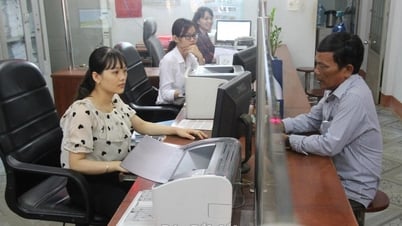

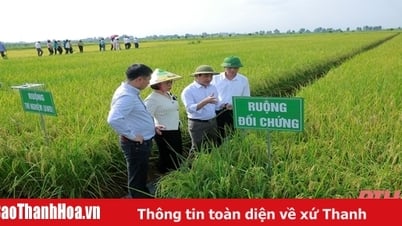

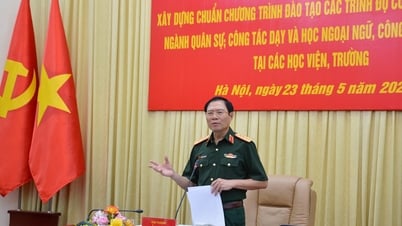

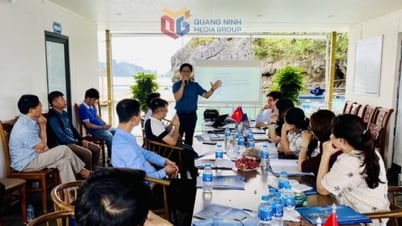



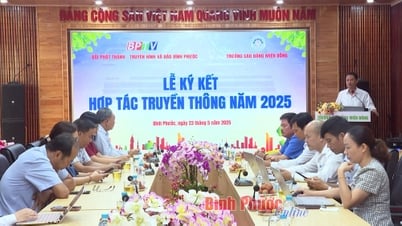





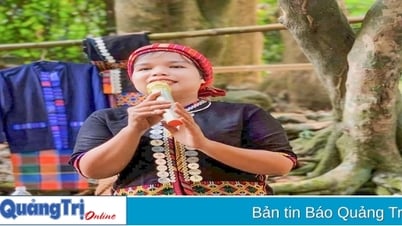
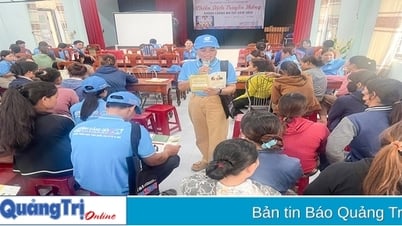
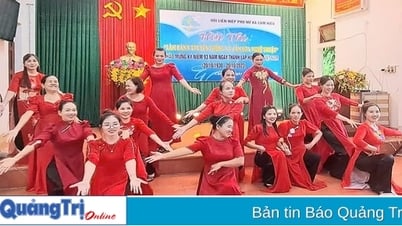

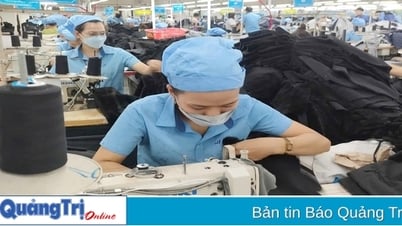
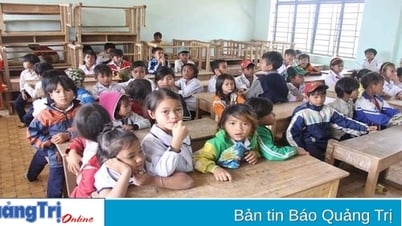




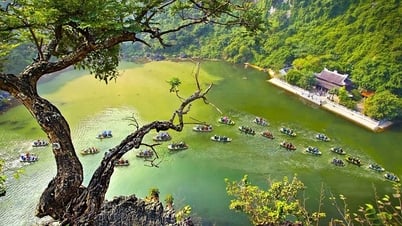

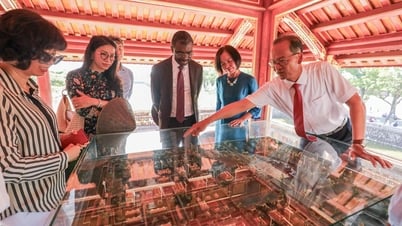







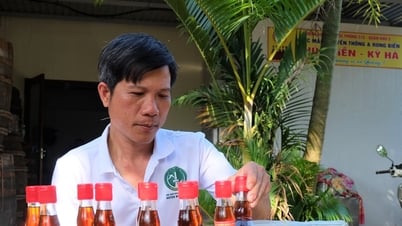

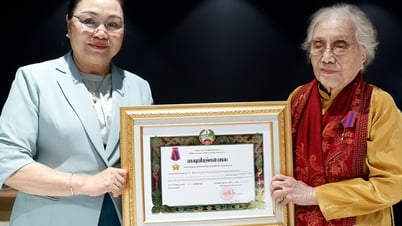

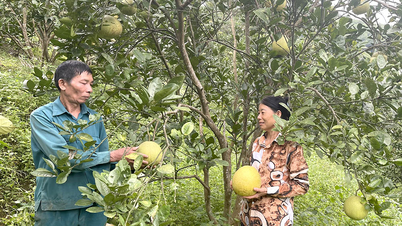

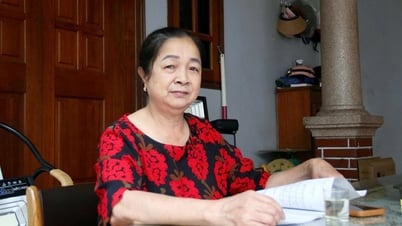








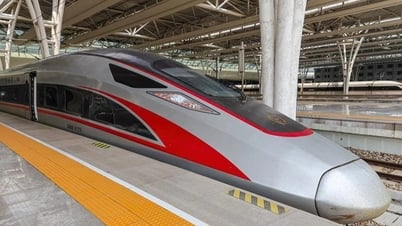







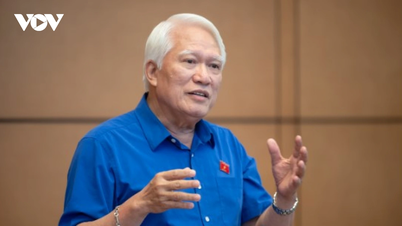
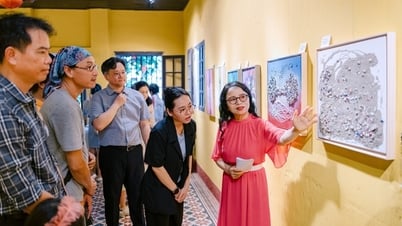

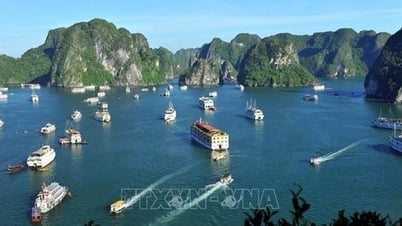
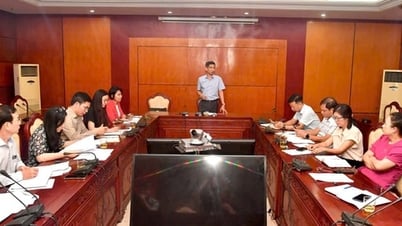
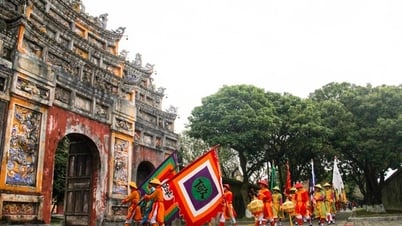
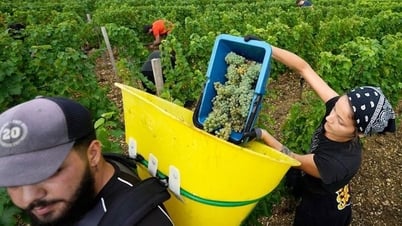

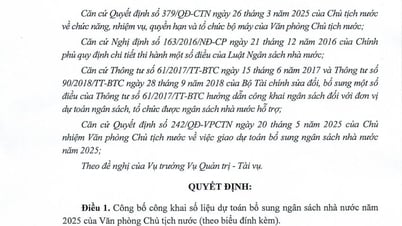

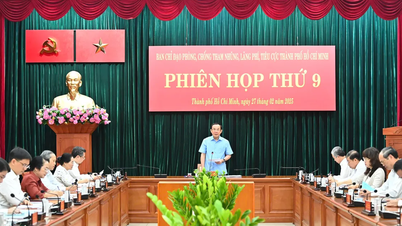

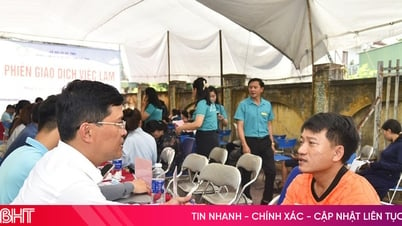

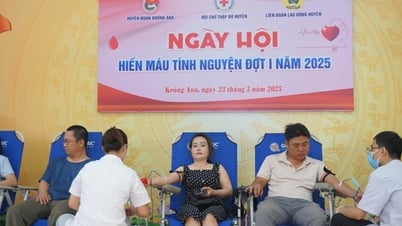
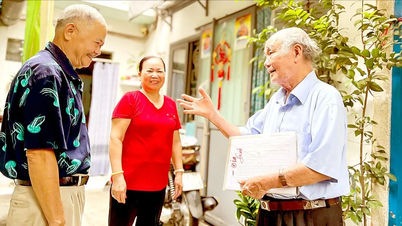
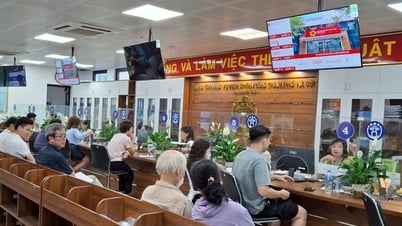








![[Podcast] Week introducing more than 500 OCOP products in Hanoi](https://vphoto.vietnam.vn/thumb/402x226/vietnam/resource/IMAGE/2025/5/22/d144aac2416744718388dbae3260e7fd)

Comment (0)